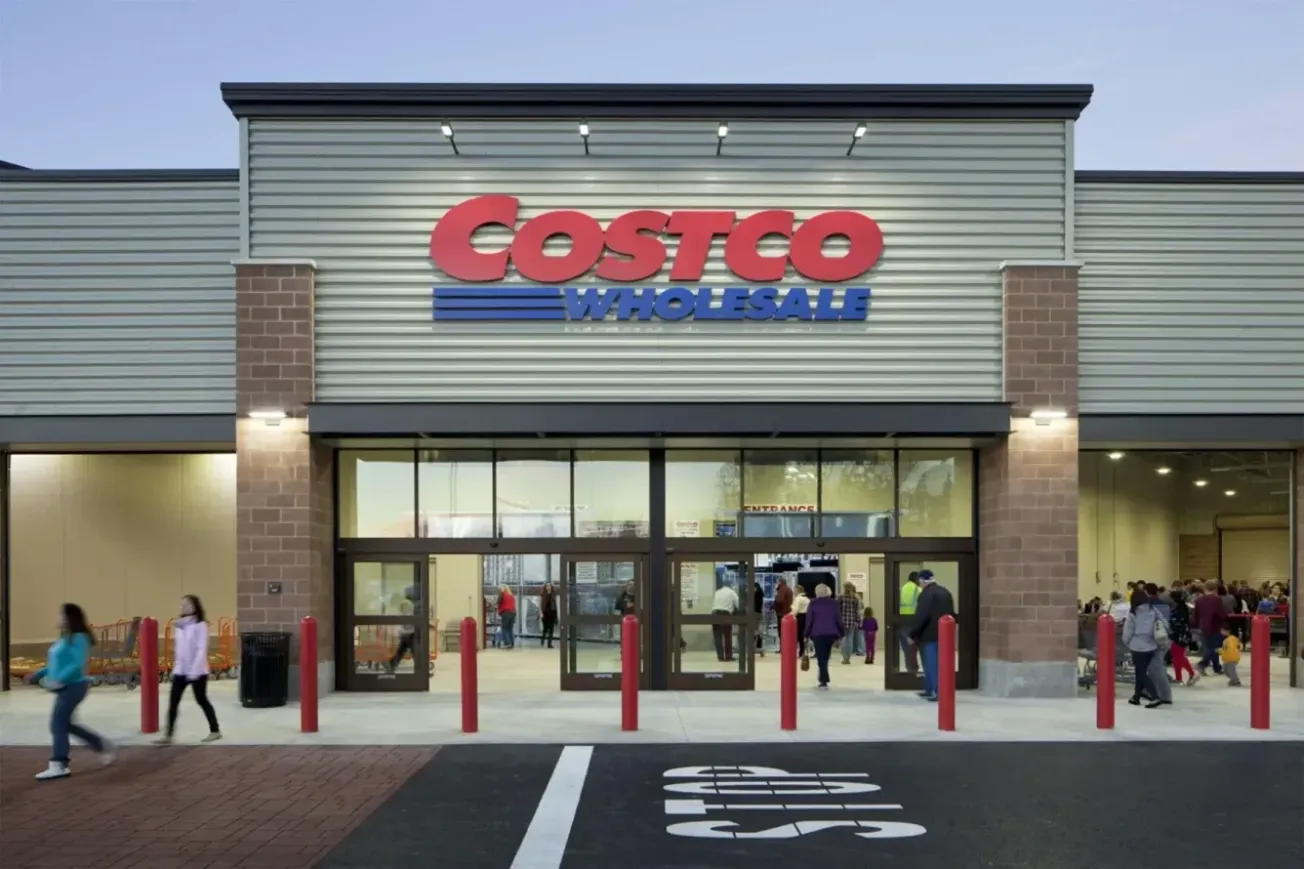MILWAUKEE — Adjustments to traditional approaches of beauty fixture sets and resets have become necessary to adapt to the new normal of today’s experiential-driven retail market. This was unanimously confirmed by attendees of the recent SHOP! Association Business Leader Forum, where Hamacher Resource Group presented “Producer Savings Through Efficient Rollout Practices.”
The coordinated process between consumer packaged goods brands, fixture producers and retailers is intricate and complex. One aspect of the presentation focused on Lean Six Sigma principles by first examining the value stream (identifying and understanding how the work is getting done today) and then pinpointing specific opportunities to reduce waste, improve productivity, remove redundancy, speed processes, and/or minimize incidences of error. There were seven key areas identified that could benefit from substantial improvement.
Conducting an in-store audit provides the opportunity to gain accurate and complete data up front, significantly improving the time to execution. Verifying the floor plan being utilized matches the current store layout, and confirming department and wall sizes, fixtures already in use and/or in storage, and the physical attributes of the location (including hours of operation, loading docks/delivery details, door and aisle widths, electrical availability, etc.) are among the essential data elements.
Capturing the details of each fixture element, such as its dimensions and physical characteristics, perhaps even including images, in a master library is essential. Attendees agreed that careful attention to the data capture processes, item and component set-up, and planogram sizes in advance of building the final fixtures saves time and helps to avoid costly errors further downstream.
Ensuring the retailer’s display rules are taken into consideration and the trays, graphics, holders, clips and space savers fit the designated space is an important step that can save time and lost sales later. During fixture space planning, the team can catch potentially costly errors (time and expense) before engineering and production begins.
Approaching the palletization of materials and order of components logically (through the eyes of the installer) was mentioned as a potential area of vast improvement. Investing time to thoughtfully organize palletization can significantly speed implementation. One of our clients saw a 40% labor savings as a result of our detailed kitting process.
Given the time restraints for the implementation and the variety of retail displays that may be arriving, every measure should be considered to improve that process and minimize downtime and lost sales. A detailed, easy-to-read fixture planogram including every fixture, clip and graphic along with their precise placement is the first step to ensure the brand’s vision comes alive at store. The group agreed that provision of step-by-step instructions via videos or printed materials would improve overall success.
One fixture producer commented that fixture compliance at retail and seamless implementation averages about 65%. One contributing factor may be inexpert staff managing the actual execution in-store. Another may be coordination of staffing resources and availability of experienced personnel. Attendees also had experience wherein the store list provided by the retailer no longer matched the location.
The final area prompting spirited discussion addressed broken or missing components; resets and reuse of previous parts; and enhancements such as signage or other marketing elements. The group agreed this is a common — and very costly — pain point. Through the development and utilization of websites or portals tied to a replete and accurate fixture library, the process for all involved, including the brand, fixture supplier and retailer, can be streamlined.
Applying Lean Six Sigma principles to a complex process such as fixture coordination and reset management can indeed be eye-opening. It is likely that additional time drains and productivity gains could be identified and overcome. Imagine if the process became better orchestrated, more predictable, and less costly — everyone would benefit from the improved ROI.
Dave Wendland is co-owner and vice president of strategic relations at Hamacher Resource Group, where he directs business development, product innovation and marketing communications activities.





